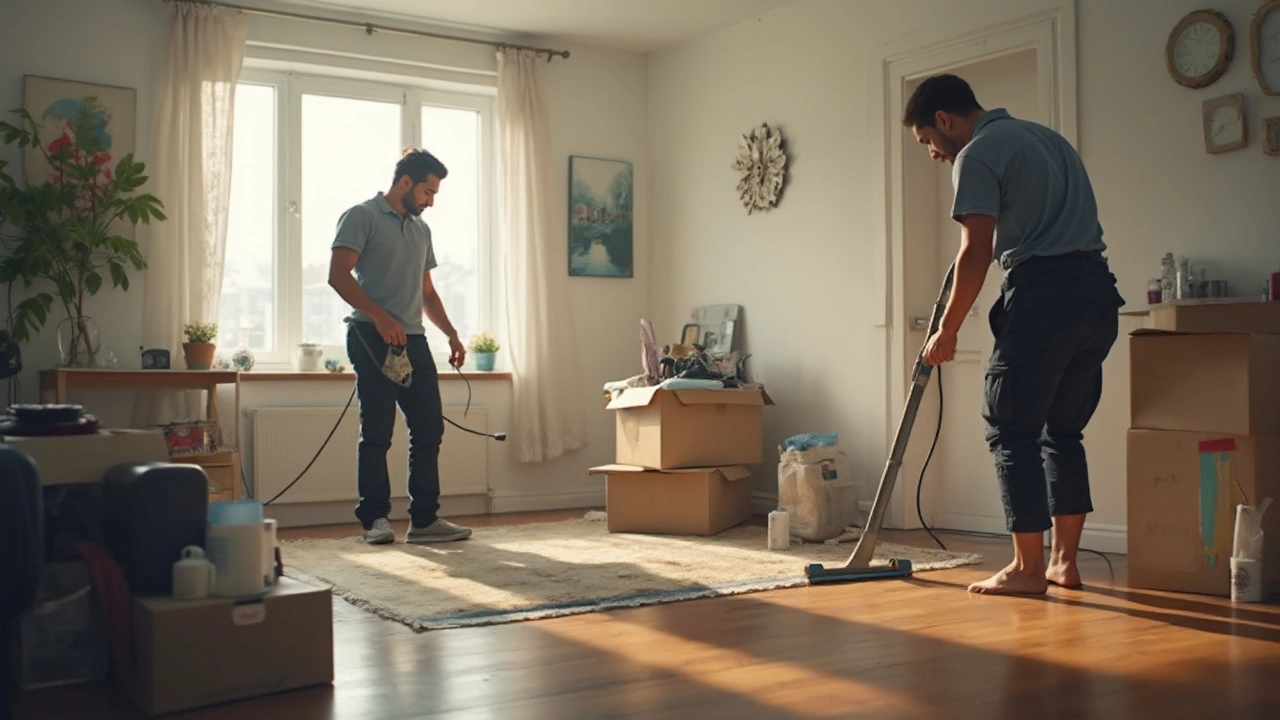What Cleaners Don’t Clean – The Areas They Usually Skip
When you book a cleaning crew you expect a spotless home, but there are a few spots they often leave untouched. Knowing these blind spots helps you avoid surprise bills and keeps your house truly clean.
Common Missed Spots
Most standard cleaning packages focus on floors, surfaces, bathrooms and kitchen counters. Anything beyond that is usually considered an extra. Here are the most frequent omissions:
- Inside windows and frames – Many cleaners wash the glass, but the tracks, sills and outside panes are left for a specialised window service.
- Ovens and deep‑grease removal – A quick wipe‑down is common, but tackling baked‑on grime or burnt residue needs a dedicated deep‑clean add‑on.
- Carpets and deep‑pile rugs – Vacuuming is standard, but stain lifting, deodorising and hot‑water extraction are treated as separate services.
- High‑reach areas – Ceiling fans, light fixtures, crown moulding and the tops of doors are often missed because they require ladders or extra time.
- External surfaces – Pressure washing driveways, patios, or cleaning the outside of the house isn’t part of a normal indoor clean.
- Upholstery and fabric couches – Spot cleaning is fine, but a full deep‑clean, foam extraction or fabric protection is usually an add‑on.
- Bathrooms behind the toilet tank – The space around the tank and the underside of the toilet seat often get overlooked.
These omissions aren’t because cleaners are lazy – they’re just not included in the basic agreement.
How to Handle Those Areas
First, check your contract. If something isn’t listed, ask for a quote before the job starts. Most companies will give a clear price for extra work.
If you prefer to do it yourself, here are quick fixes:
- Windows – Mix one part vinegar with three parts water, spray on the glass, and wipe with a microfiber cloth. Don’t forget the tracks – a soft brush and the same mix work wonders.
- Oven – Sprinkle baking soda over the hot interior, spritz with a little water, let sit 15 minutes, then scrub with a non‑abrasive pad. Rinse and wipe dry.
- Carpets – Sprinkle baking soda for odors, vacuum, then spot‑treat stains with a mild dish soap solution. For deep cleaning, rent a carpet extractor or book a pro.
- High‑reach – Use an extendable duster for ceiling fans and mouldings. A safe step stool works for light fixtures, but always watch your balance.
- Exterior pressure washing – If you own a pressure washer, start on low pressure and test a small area. Sweep away debris first to avoid scratching.
- Upholstery – Mix a few drops of gentle dish soap with warm water, dab a clean cloth, and blot stains. Avoid soaking the fabric.
- Behind the tank – Pull the tank off (turn off water first), wipe the area with a disinfectant wipe, then replace.
When you know what’s not covered, you can decide whether to add it to the service or tackle it yourself. Either way, you end up with a truly clean home without hidden surprises.
Bottom line: professional cleaners do a great job on the basics, but the real polish often lies in those extra tasks. Ask ahead, budget for add‑ons if needed, and keep a simple toolkit for the occasional spot‑clean. Your home will stay fresh, and you won’t be caught off‑guard by a missed corner.

What Do Cleaners Not Clean? End of Tenancy Surprises
Tenants moving out often assume cleaners handle every nook, but there’s plenty they skip. This article explains what professional cleaners usually leave untouched in end of tenancy cleans, from personal clutter to stubborn stains. Learn how to avoid surprises during the final inspection and what’s considered your responsibility. Real-life tips and clear examples make things simple so you can save on deposit deductions. Know exactly where to put your energy before your keys hit the landlord’s hand.
Read More